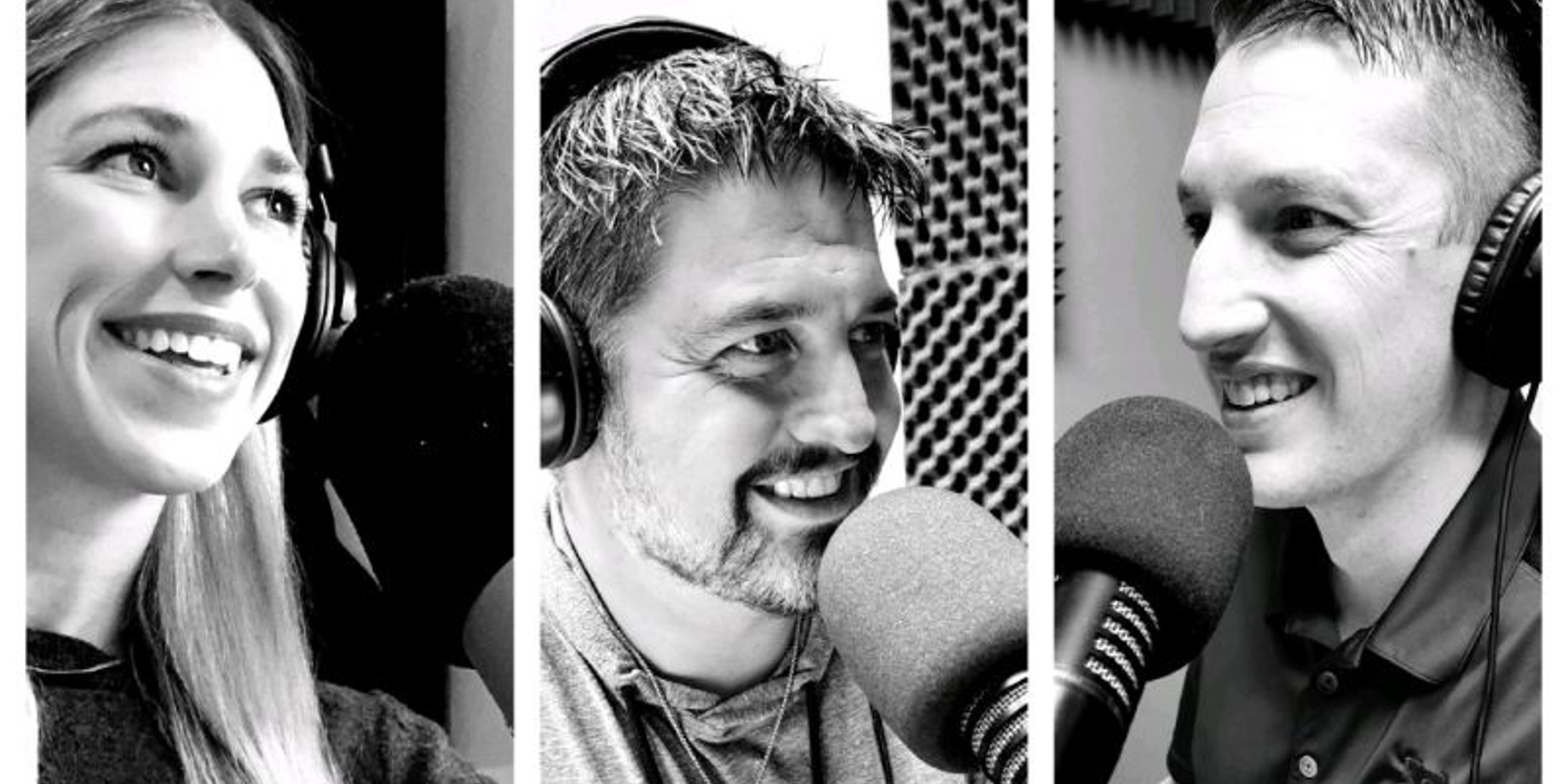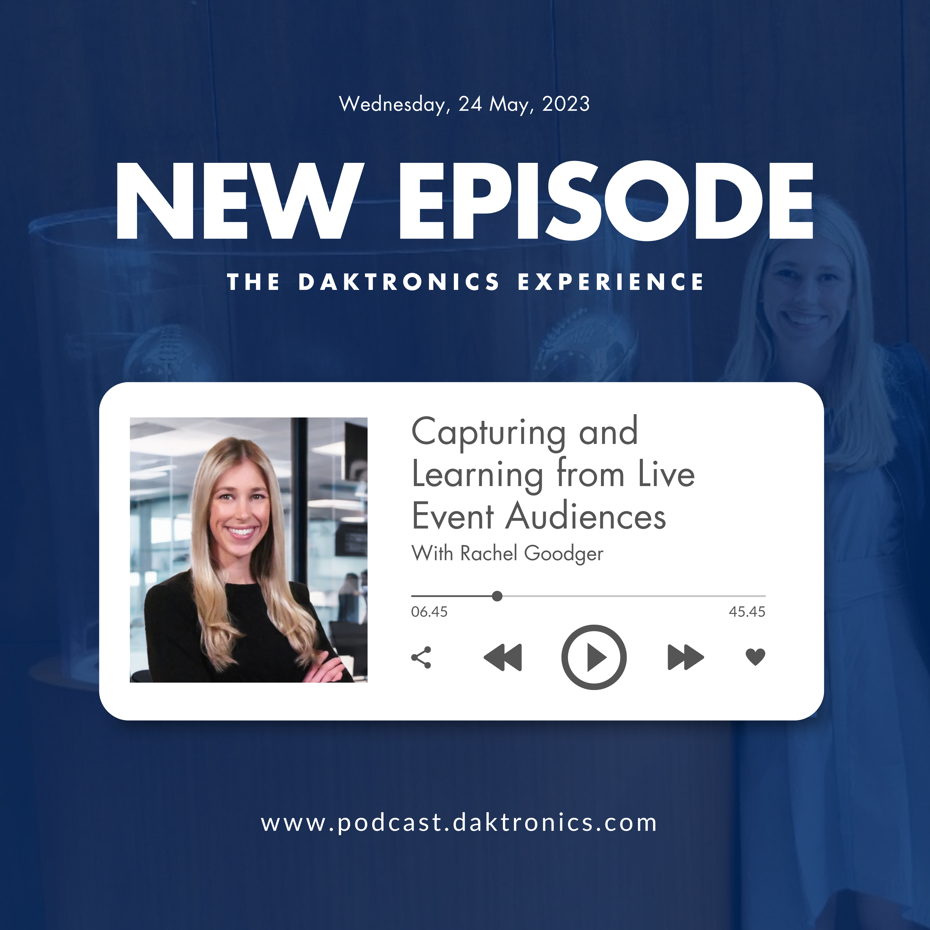Learning from Your Live Event Audience with CrowdIQ
Ever wonder where fans are actually looking during an event? CrowdIQ has the answer and can pull data to help improve the fan experience.
Justin Ochsner on 6/19/2023
Categories: Pro Sports and Colleges

Do you know where your fans are looking during your live events? Are they watching the replay on the video board? Following the action like a hawk? Waiting ever so patiently for the t-shirt cannon to send a potential souvenir into flight? Wherever they’re looking, CrowdIQ can tell you. And then help you maximize your efforts for an unforgettable experience.
Justin and Matt were fortunate enough to speak with Rachel Goodger, Chief Revenue Officer at CrowdIQ and Fancam, to hear how it all works and what type of data they can collect using their crowd-capturing technology. Here’s a section of that conversation.
Matt Anderson
So, Rachel, you’re at CrowdIQ and Fancam. Can you share some background of CrowdIQ and what exactly that is and what it does?
Rachel Goodger
Yeah, CrowdIQ stems from Fancam. Most people would probably be more familiar with Fancam, global leader and 360-degree megapixel photography. We’ve been capturing these high-res 360-degree images since 2010. In the last year alone, we did work for the World Series, NBA Finals, Stanley Cup Finals, Justin Bieber’s World Tour and the Daytona 500.
The next day, after those big events, you see this big photo that kind of looks like a pano, but you can zoom in and find yourself in the crowd. And that’s kind of our bread and butter since 2010 and we still do a lot of Fancams.
It’s a great sponsorship and digital asset, but back in 2016, we had a partner ask if we could capture eight playoff games for an NBA team and NHL team in the same venue. So, we said, what if we install the cameras in the scoreboard instead of sending a photographer out 15 or 16 times?
Once we got those cameras installed, we realized we don’t just have to capture the tentpole events and the one-off events. We can capture every game! We can do multiple times a game and we got these incredible high-resolution images. Why don’t we do something with that? And that’s kind of where we set out to analyze the bowls of stadiums and venues.
CrowdIQ was born out of that idea.
Justin Ochsner
What was the original data you were trying to capture with these images? Or what were you initially trying to find out about how fans were acting during these events?
Rachel Goodger
I think the big thing was how it works with Fancam and the same cameras that were used for Fancam can be used for product data. But we really were just capturing hundreds of photos and then stitched them together, kind of like a puzzle to create the big 360-degree images that fans can engage with.
Through that process, we noticed that every fan base in every city, every venue, they’re different. We were picking this up just as we looked at Fancams, seeing NFL teams look different from that of MLB. And bigger cities look different than smaller markets, and how fans travel and opposing team fans show up in these photos is different depending on the market.
So, we thought, we can detect all of this with our eyes. Can we train a computer to do the same thing? And that’s essentially what CrowdIQ does. Anything you can deduce from an image, a computer can be trained to detect. So, we look at these high-res images and see male or female, approximate age, or they’re wearing a home team jersey versus and away team apparel – all of that you and I can detect, we started training computers to do it for us.
Justin Ochsner
So how often are these cameras taking pictures?
Rachel Goodger
The really cool thing about these installs and having these cameras permanently in these venues – we’re not just sending a photographer to one-off events, capturing a picture and leaving. The cameras are capturing the entire venue every 10-15 minutes, and in some instances, capturing every single second. So, it’s really cool that these cameras we install can definitely have multiple purposes.
We have the Fancam, a fan-facing digital sponsorship asset, and we have CrowdIQ, this awesome crowd analytics platform. And some of our partners use both.
There are so many different things you can capture on the CrowdIQ side. Capturing images so frequently is a big reason for something we call crowd flow – how often are fans in their seats? So, we capture from when the doors open until the end of the game so you can pick up those trends and pick up halftime or in between periods or in between innings how fans move around the venue. Then you start matching the data to things like concession sales and other things.
You pick up a lot of really unique trends over the course of the game and it’s really interesting with these data sets. We’re looking at where approximately a fan is looking. Are they looking at the scoreboard on the screen? Are they looking down at their phones? Are they looking at the game or are they looking elsewhere on that second-by-second basis?
Then we overlay that with what’s actually happening on a team’s screen or we can pull an API from the NFL and see what’s happening on the field. So you can start to see what activations get the most attention or when this happens on the field it’s going to trigger this reaction from the crowd. Then you can start to kind of program your game better depending on what fans are reacting to.

To hear more about what CrowdIQ is capable of and can be used for, listen to this entire episode of the Daktronics Experience Podcast.
